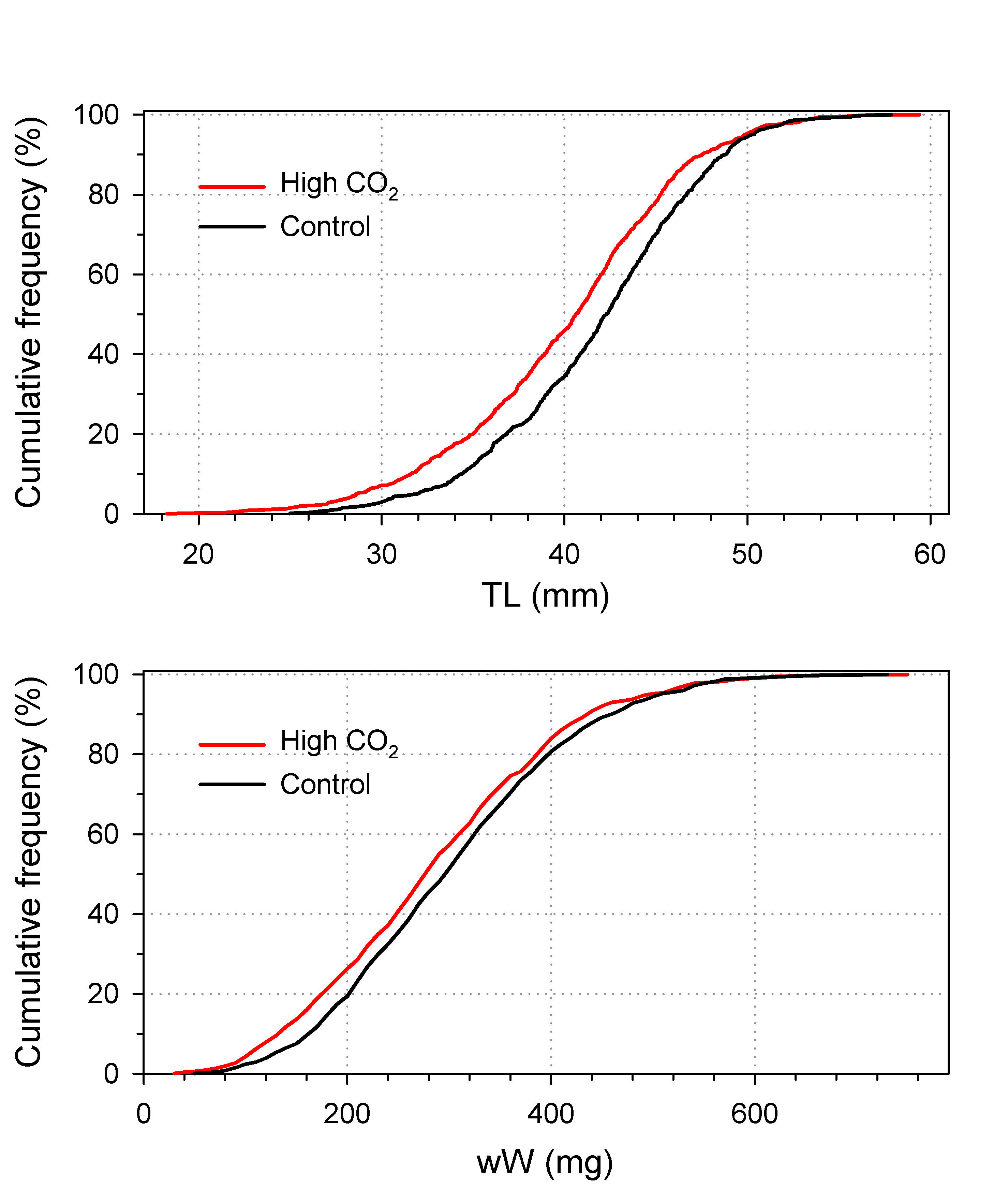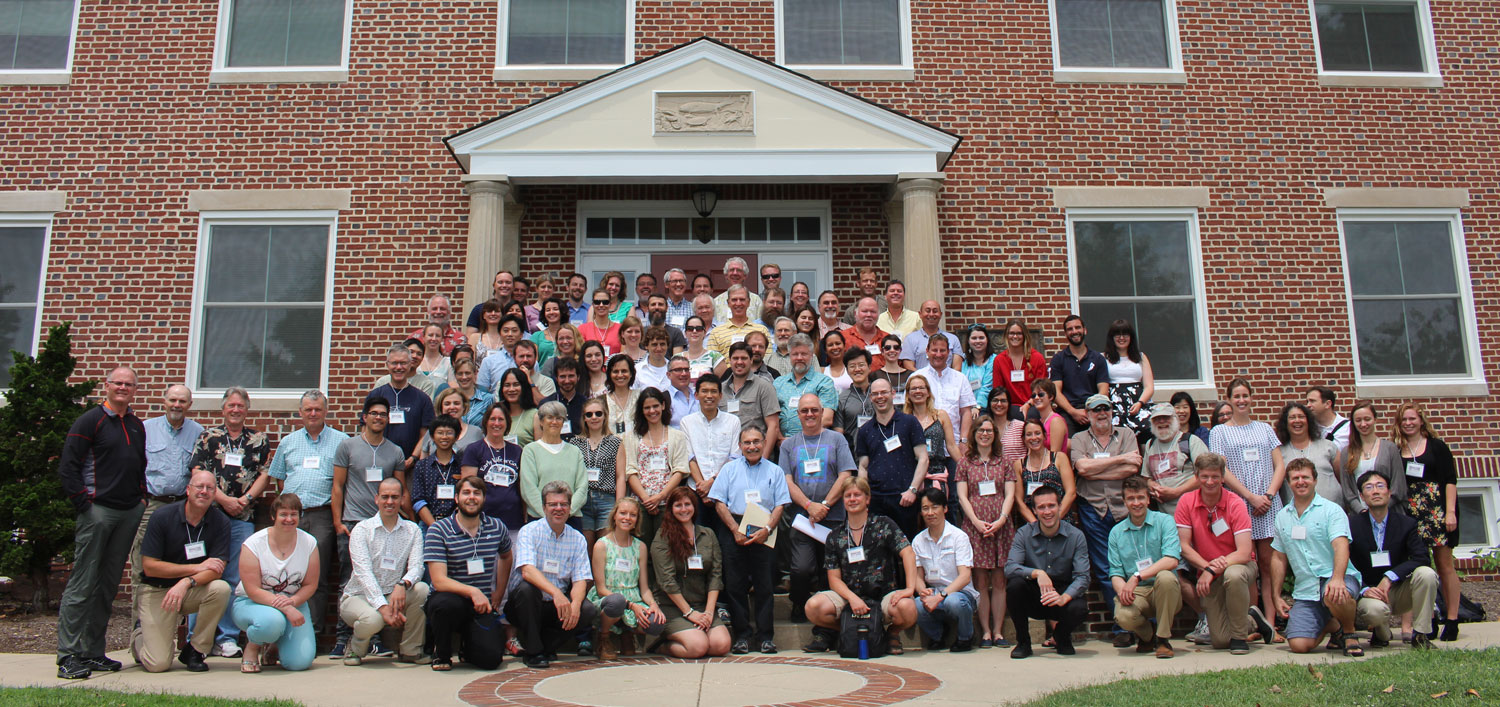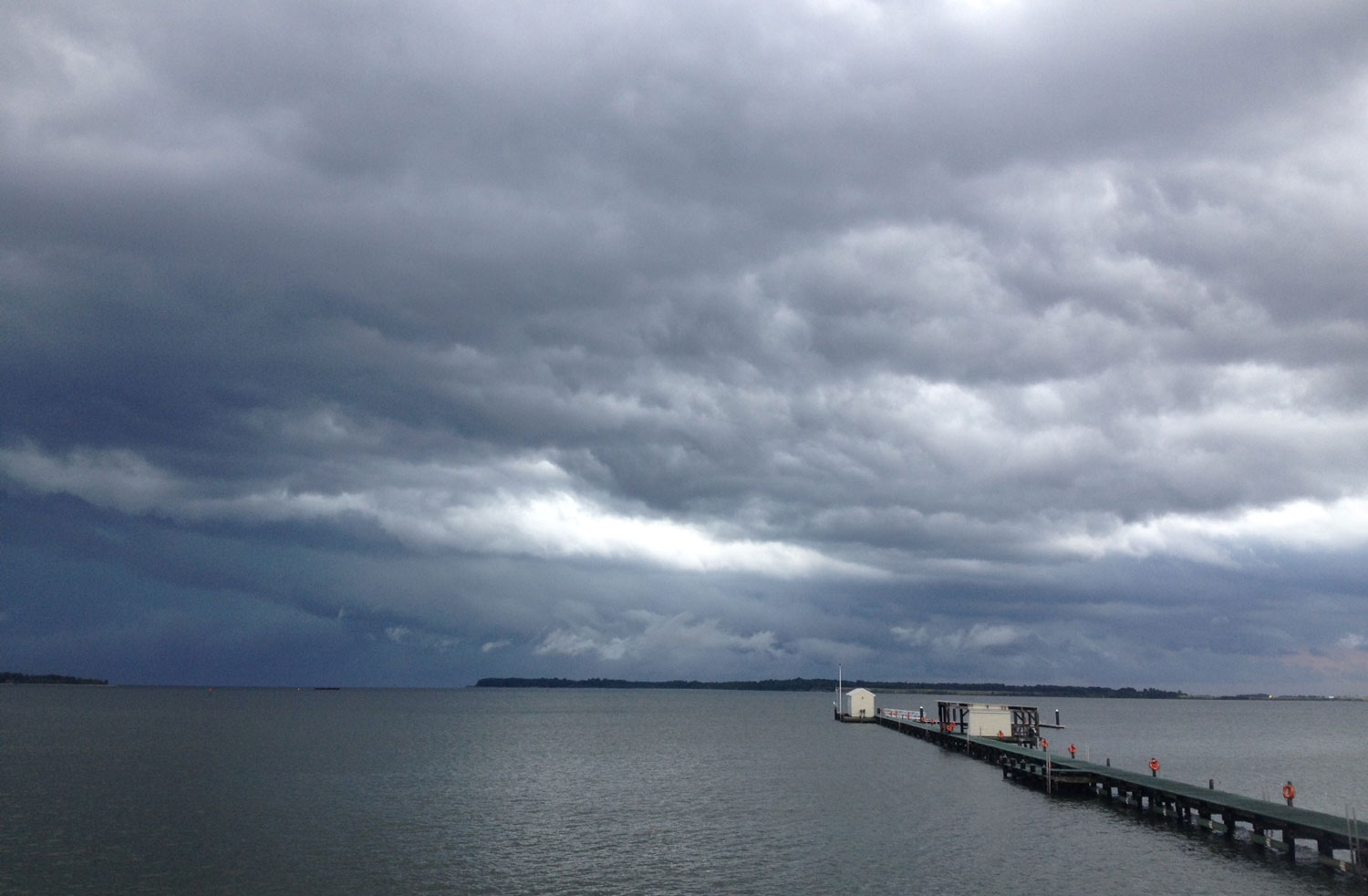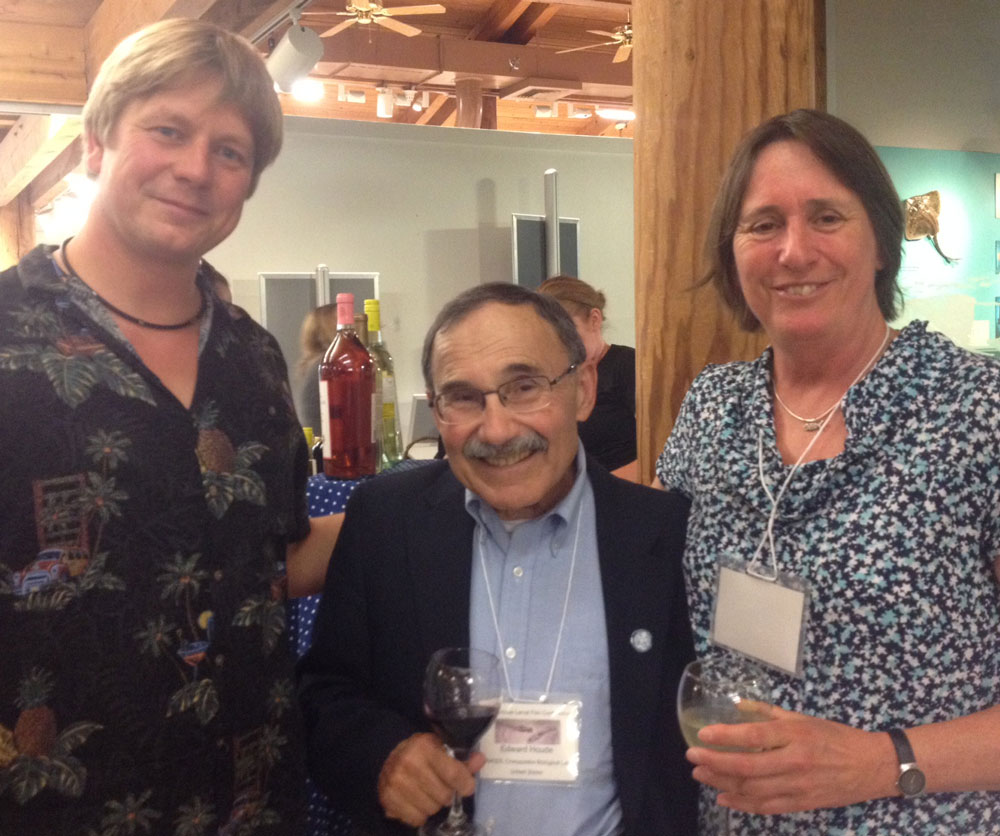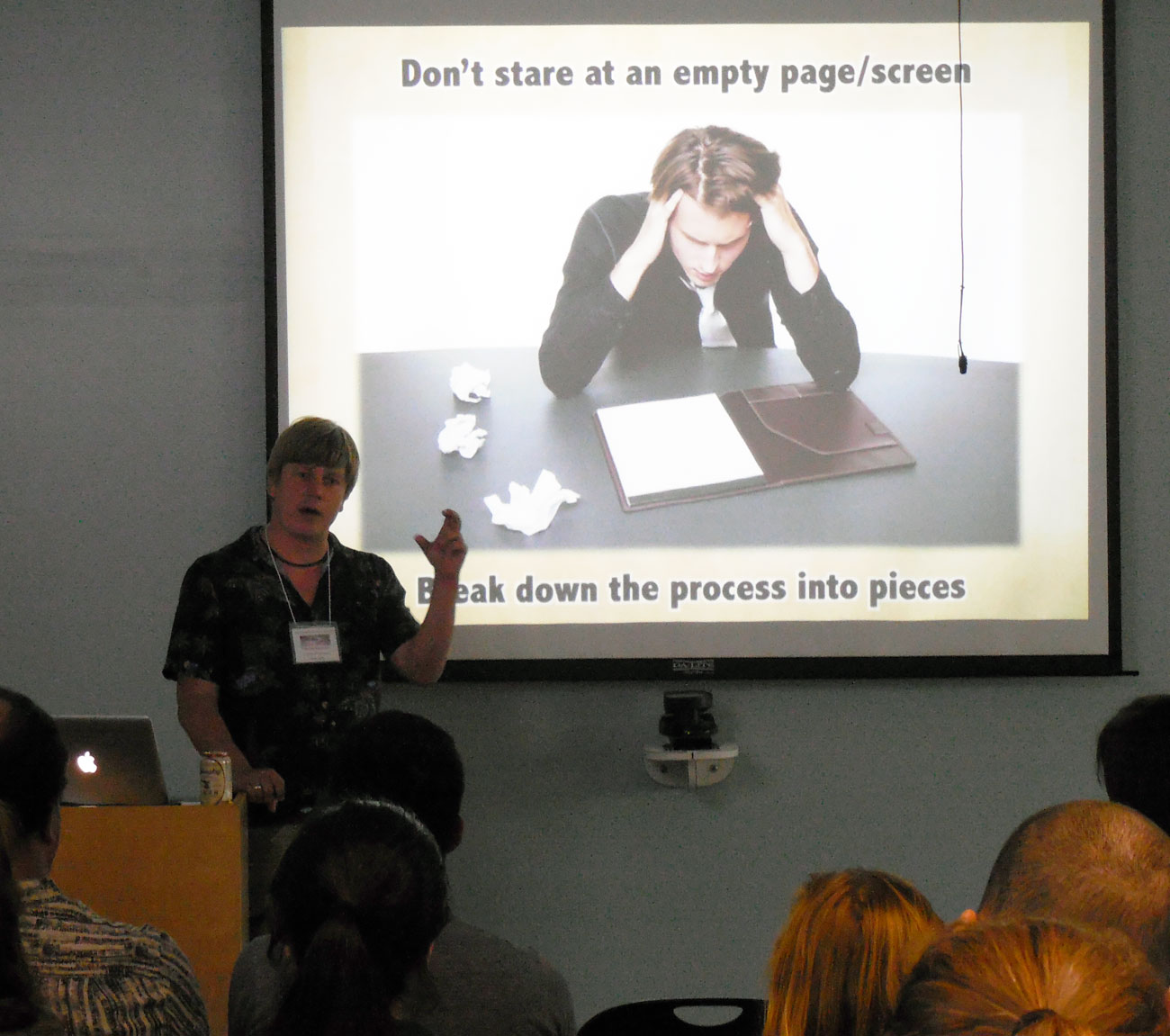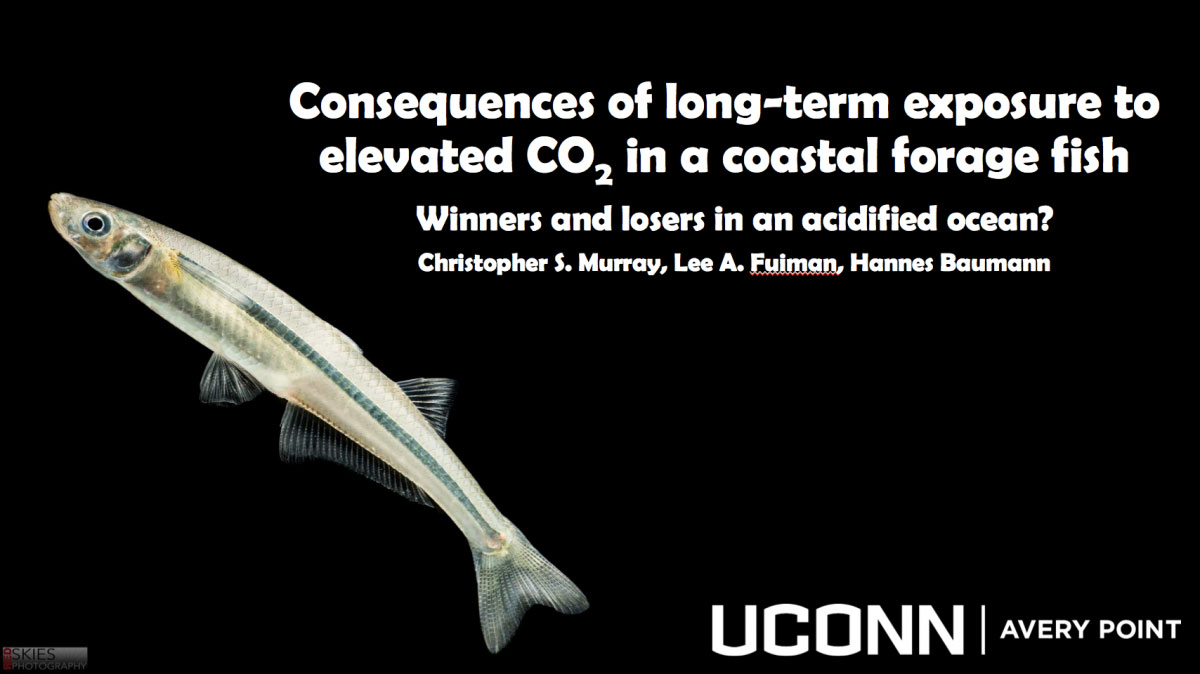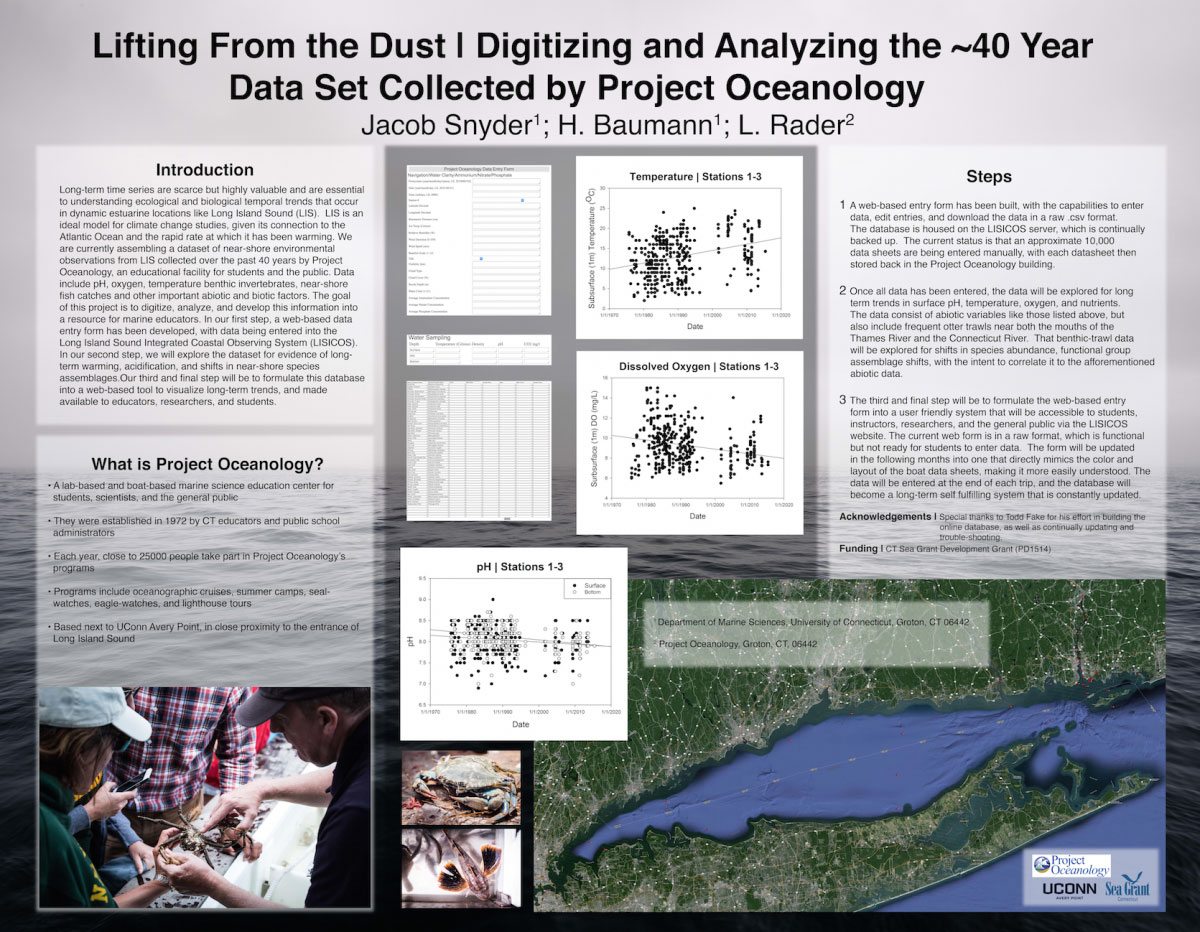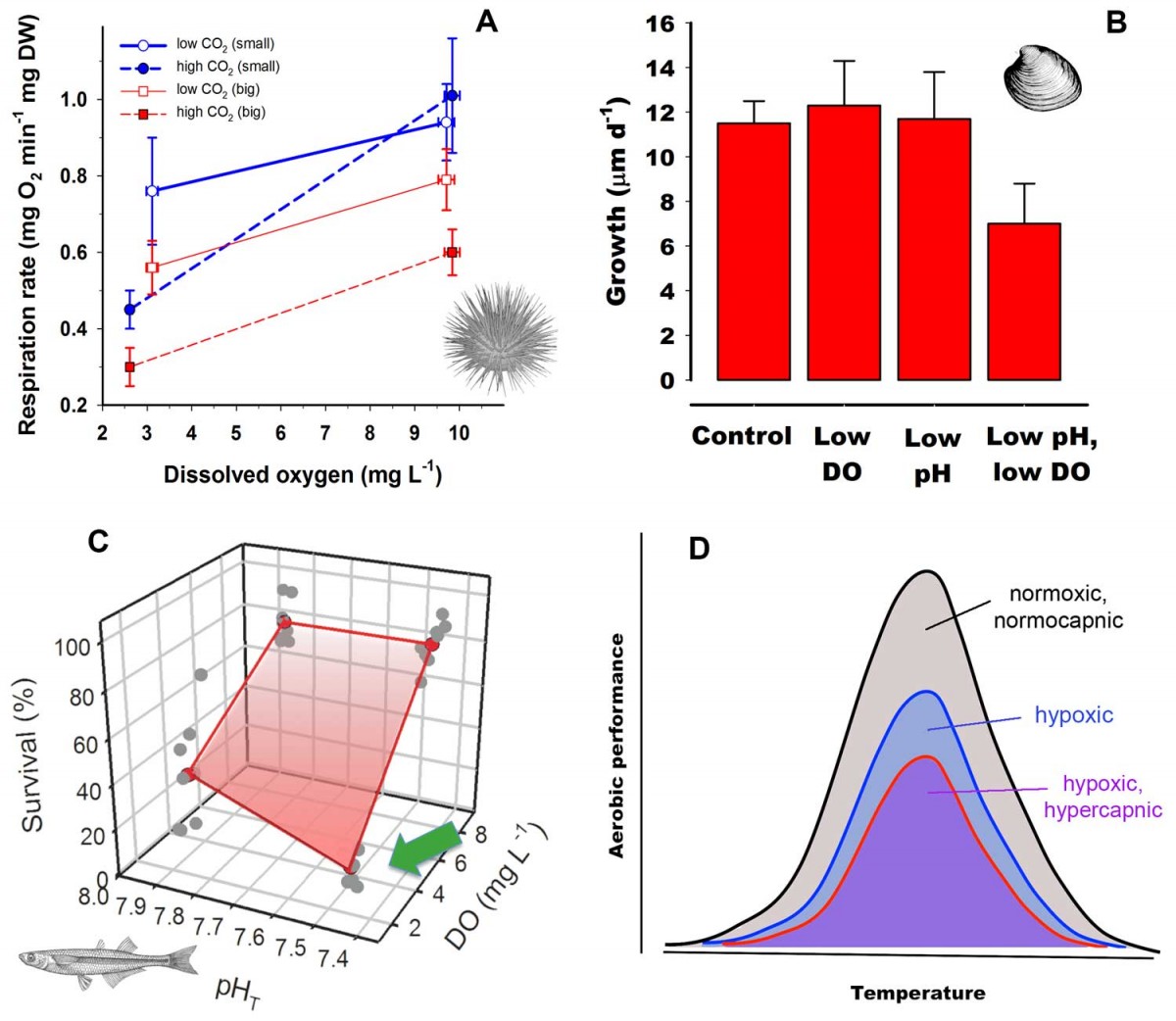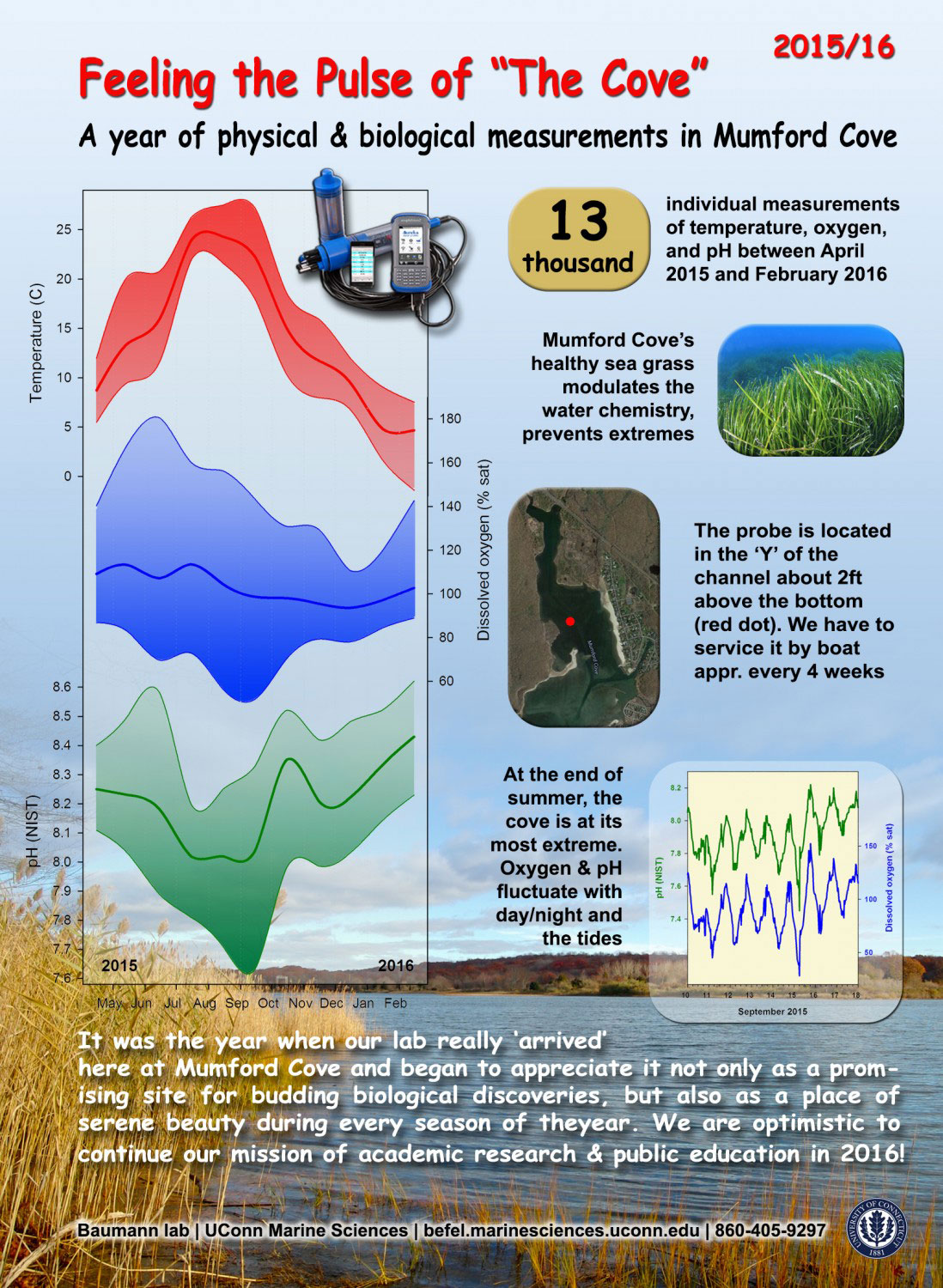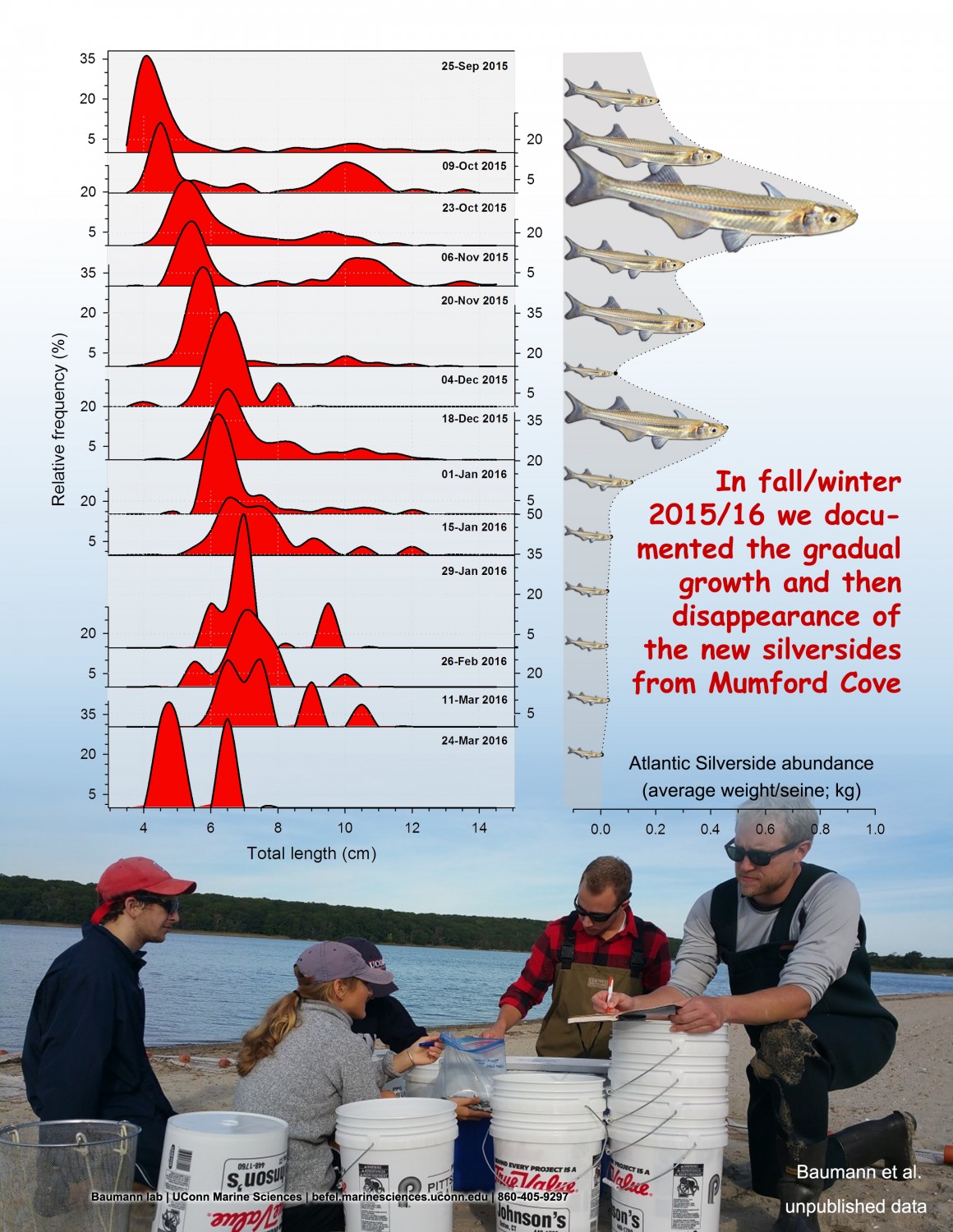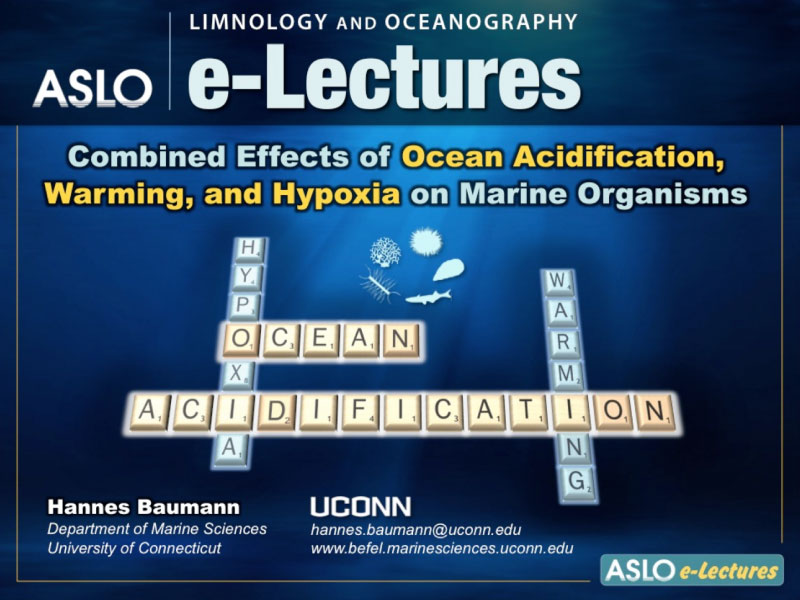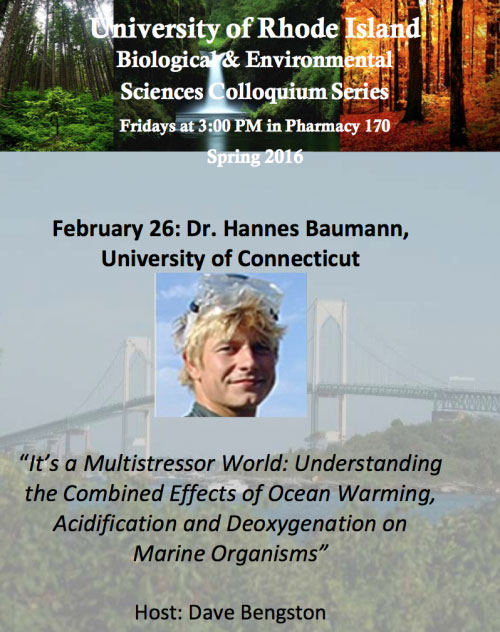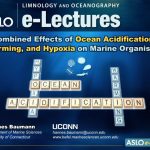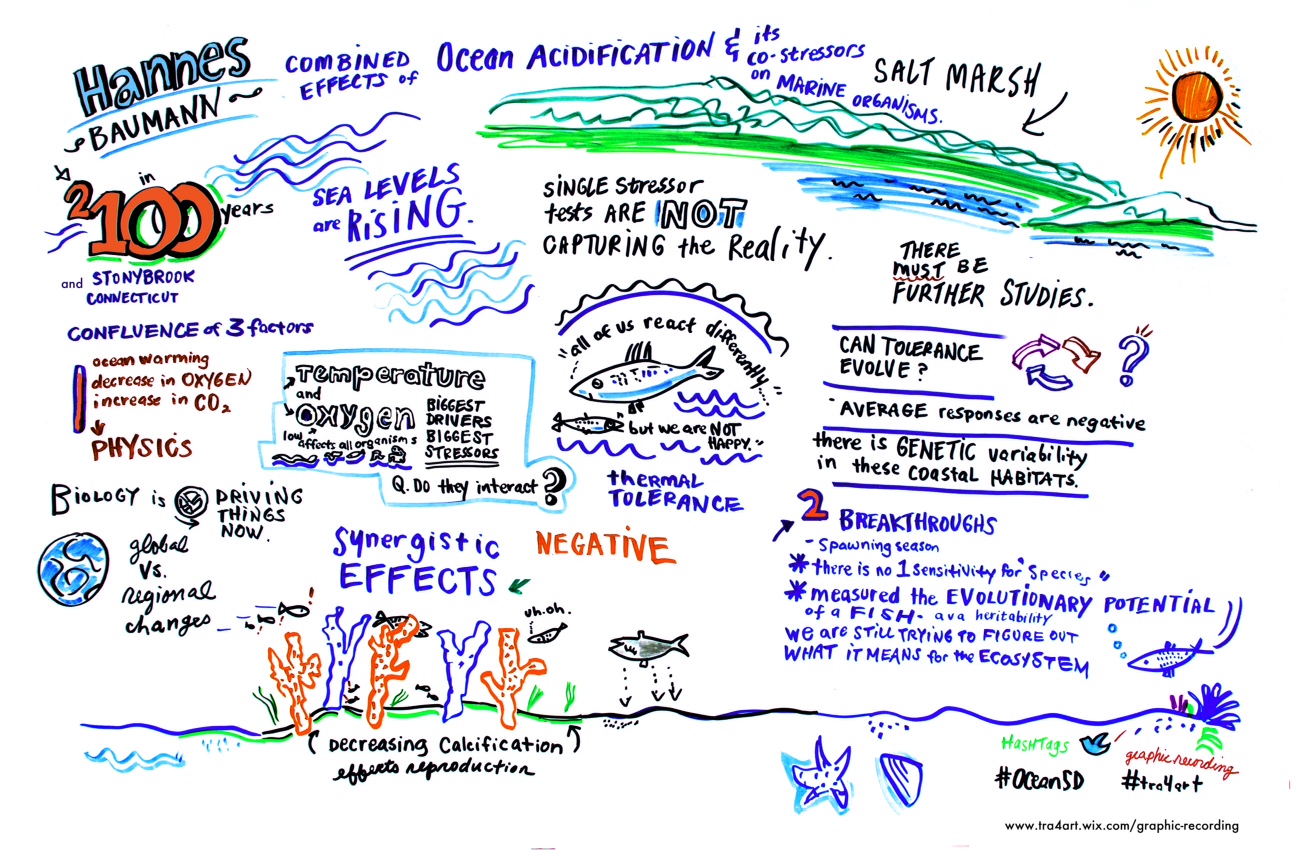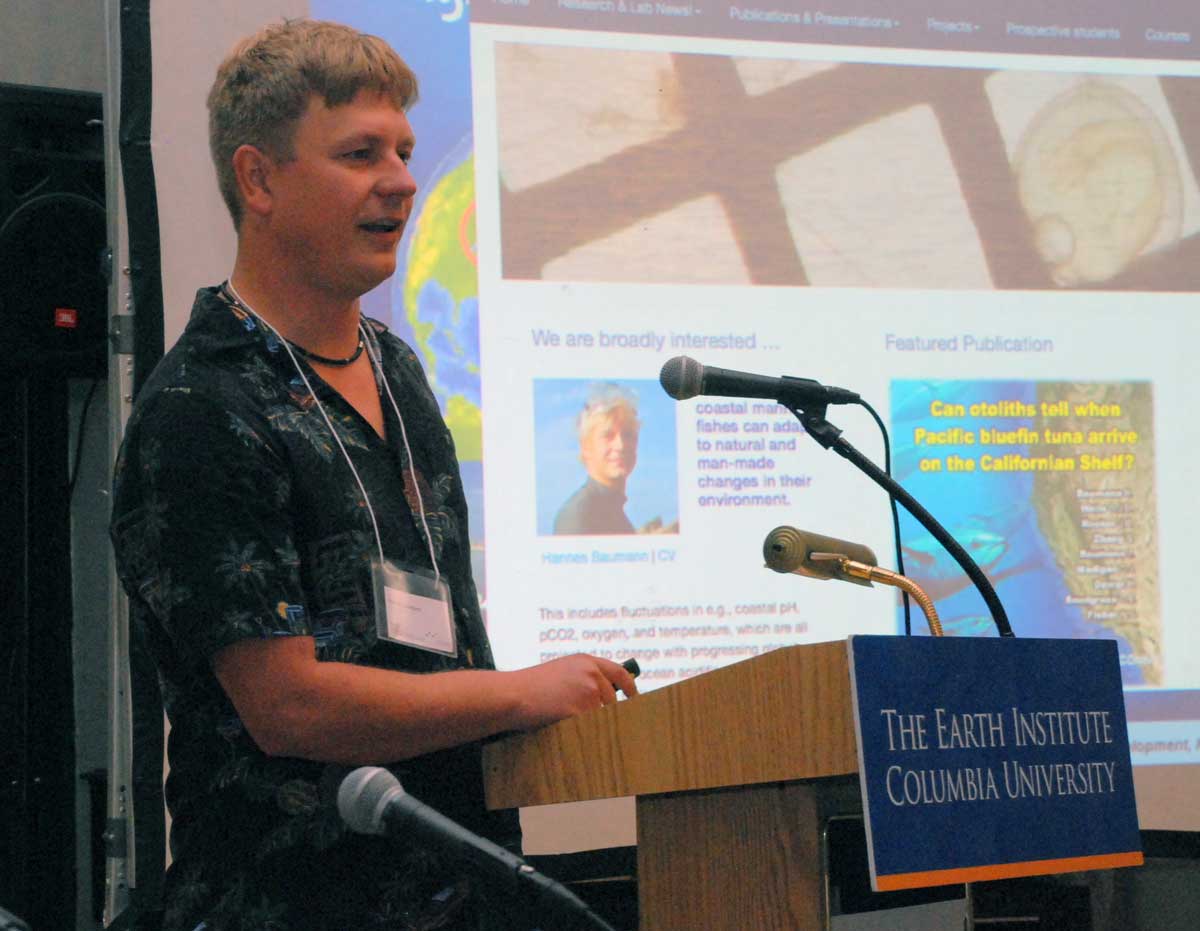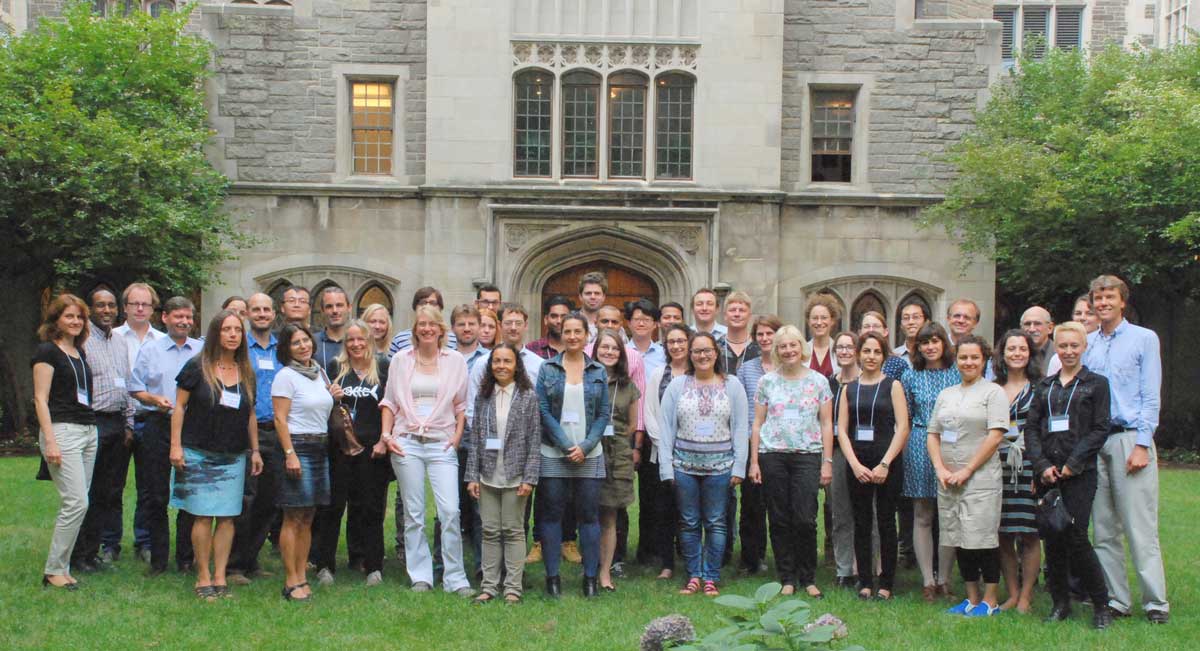October 10th 2016 was a special day for our still young lab here at the University of Connecticut, Today, the ICES Journal of Marine Science published the paper of Chris Murray et al., which is the first of hopefully many publications of our experimental findings originating out of our new laboratory facility here at UConn Avery Point.
Chris and his co-authors report on a large-scale, quantitative rearing experiment on Atlantic silversides eggs, larvae and juveniles under contrasting CO2 conditions that took place between May – September 2015. This novel experiment was designed to address three critical issues lacking in previous ocean acidification research on fish. First, the study spanned several ontogenetic stages. Second, it used very large numbers of individuals to robustly characterize not just potential shifts in mean responses, but also changes in the distribution of length, weight, and condition factor. Third, it provided food at standardized, non-excess levels to prevent that potential metabolic costs of high CO2 exposure could be compensated by survivors simply by eating more food.
Overall the study demonstrated seemingly small but significant growth reductions due to high CO2 and identified a small number of fatty acids that were of significantly different concentrations in high vs. control juveniles.
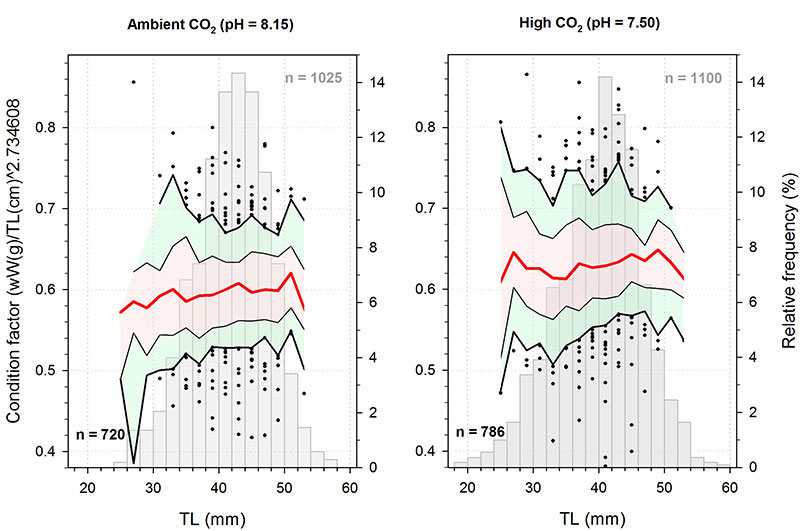
Murray, C.S.*, Fuiman, L., and Baumann, H. (2016)
Consequences of elevated CO2 exposure across multiple life stages in a coastal forage fish.
ICES Journal of Marine Science (published online 10 Oct 2016)
